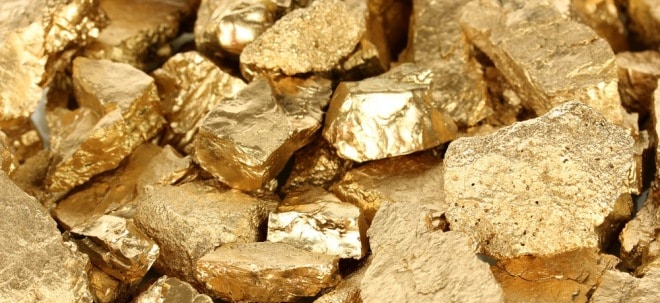Eisenerzpreis 96092208
104.81
USD
-0.59
USD
-0.56 %
05.02.2025
CEDD
| Snapshot | Kurse & Realtime | Charts & Tools | Nachrichten | Derivate | anzeigen in Währung |
|---|---|---|---|---|---|
| Übersicht | Historisch | Chart (gross) | Nachrichten | Strukturierte Produkte | Schweizer Franken |
| Chartvergleich | Trading-Depot | Euro | |||
| Dollar |
|
15.08.2025 16:53:18
|
Explaining the iron ore grade shift
The global iron ore market is in the midst of a major pricing shift, moving away from the long-standing 62% Fe benchmark toward a new 61% Fe specification. The change, driven by a gradual decline in ore grades and higher impurity levels, is reshaping both the physical and financial sides of the industry and raising big questions about how iron ore is valued.Why the change mattersFor decades, the 62% Fe grade served as the anchor for global pricing, with Pilbara Blend Fines (PBF) acting as the bellwether. But as mined grades have steadily dropped, the 62% benchmark no longer matches what is actually traded. The move to a 61% Fe baseline, effective from 2026, reflects this reality.The Singapore Exchange (SGX) has proposed iron ore futures — which see volumes more than three times larger than the physical market — to still be tied to the old specification, but with a one-off price adjustment in September to bridge the gap. This would preserve liquidity in the contract, but traders say it complicates valuations and adds basis risk.Physical market moving fasterThe physical market, particularly in China (which buys over two-thirds of seaborne iron ore), has already shifted. Since May, PBF shipments for July arrival have been trading closer to 61% Fe, leaving the 62% Fe benchmark increasingly disconnected from reality. A dual-index solutionPrice reporting agencies have begun adapting. Argus, for example, has launched a dedicated 61% Fe index alongside its 62% Fe benchmark. This allows for direct valuation of the new grade while maintaining clarity around quality differentials. Industry voices argue that a dual-index approach — using both 61% and 62% Fe benchmarks — is essential during the transition. It would allow exchanges to launch new financial products, such as a 61% Fe futures contract, that align with the physical market and restore confidence in price discovery.While the grade shift has created short-term uncertainty, it also offers a rare chance to address long-standing flaws in the pricing system. Moving to a specification that reflects what is actually traded could reduce basis risk, improve transparency, and align financial settlement with physical reality.Weiter zum vollständigen Artikel bei Mining.com Weiter zum vollständigen Artikel bei Mining.com
| Name | Kaufen | Verkaufen |
|---|---|---|
| Gold CombiBar® 100 x 1 g philoro - LBMA-zertifizierter Hersteller | 9’689.86 | 9’184.36 |
| Gold Krügerrand 1 oz | 2’975.84 | 2’853.63 |
| Gold Philharmoniker 1 oz | 3’000.55 | 2’882.60 |
| Gold Vreneli 20 Franken - diverse Jahrgänge | 566.19 | 538.46 |
| Goldbarren 250 g philoro - LBMA-zertifizierter Hersteller | 23’819.65 | 23’035.90 |
| Silber CombiBar® 100 g | 225.21 | 132.71 |
| Silber Maple Leaf 1 oz | 41.18 | 34.19 |
| Silberbarren 1000 g divers - LBMA-zertifizierter Hersteller | 1’246.81 | 1’052.11 |
Anzeige
Inside Fonds
Rohstoffe in diesem Artikel
| Eisenerzpreis | 104.81 | -0.59 | -0.56 |
Meistgelesene Nachrichten
Top-Rankings
Börse aktuell - Live Ticker
Zinspolitik im Fokus: SMI verabschiedet sich tiefer ins Wochenende -- DAX beendet Handel wenig bewegt -- US-Börsen schliessen uneinheitlich -- Asiens Börsen schliessen mehrheitlich in GrünAm heimischen Aktienmarkt ging es vor dem Wochenende nach unten. Anleger in Deutschland hielten sich bedeckt. Die US-Börsen bewegten sich vor dem Wochenende in unterschiedliche Richtungen. An den grössten Börsen in Asien ging es zum Wochenschluss überwiegend aufwärts.
finanzen.net News
| Datum | Titel |
|---|---|
|
{{ARTIKEL.NEWS.HEAD.DATUM | date : "HH:mm" }}
|
{{ARTIKEL.NEWS.BODY.TITEL}} |





